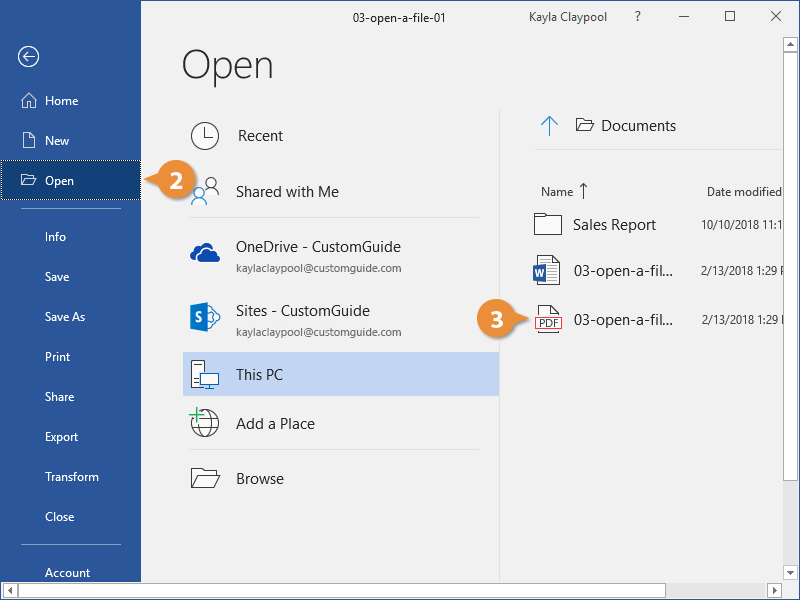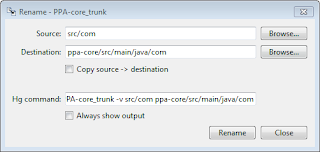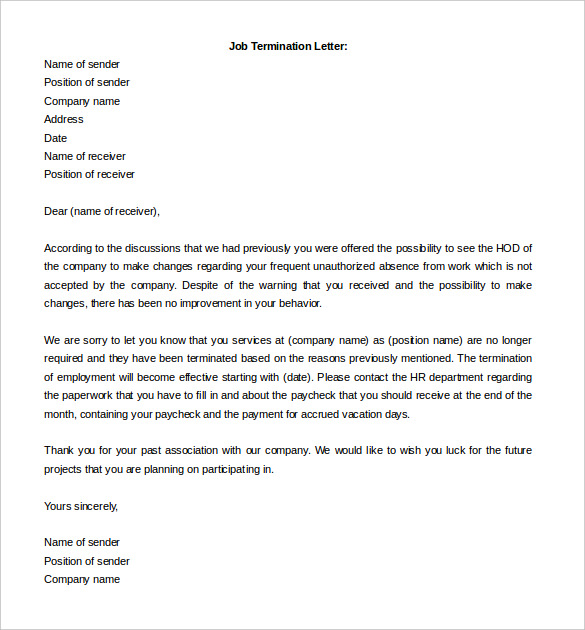
- #Tortoisehg differences for word documents how to
- #Tortoisehg differences for word documents software
- #Tortoisehg differences for word documents download
- #Tortoisehg differences for word documents free
- #Tortoisehg differences for word documents windows
Right after committing, you can see that the icon for “File1.txt” has a green check icon on its bottom-left. We need to check the file (I wonder why TortoiseHg doesn’t do this automatically), type some useful description for the commit, and click “Commit”. The font color will turn green, and the file status will change to “A”.

Right-click on the file inside that list, and select “Add”. This indicates that Mercurial doesn’t know about the file, as it doesn’t belong to the repository yet. Let’s add a text file and call it “File1.txt”. It is often helpful to provide description for each commit.Įssentially, a commit operation keeps track of 3 kind of changes: adding, modifying and removing files. So, if we were to commit changes on a newly created repository, the revision number would become 0.

A commit operation “saves” the current state of the files as a changeset, and increments the revision number. Only when we perform a commit that Mercurial will track the changes we did to these files, and record it as a changeset, or revision. When we work with files inside the repository, the changes are not automatically tracked. In other words, changeset tells us what have changed. A changeset describes the differences of the files inside the repository between its current and previous state. In fact, in Mercurial, a revision is synonymous to a set of changes, which is referred to as changeset. A revision can be thought as a set of changes.
#Tortoisehg differences for word documents download
When you use the clone operation to download Camelot’s repository onto your computer, you’re simply cloning the central repository, creating a local repository on your computer.Ī repository begins its life with revision NULL. The (one and only) central repository sits inside Bitbucket’s server. There are 2 kinds of repositories central repository and local repository. Repository is simply a collection of files that you’re managing using Mercurial. Previously, I simply referred to it as your workspace, but from now on, we will refer to it as repository. Ground Up MercurialĪ repository refers to your workspace. It might be helpful when there is a problem. When you perform actions, its output will be displayed here. It just displays the description of the selected revision.Īt the bottom is the output log window. The window on the top-right of the middle portion is the revision description window. It will display a list of files which were modified for the selected revision. The window which occupies the left part of the middle portion is the file changes window. More of these will be explained later on. You can also click on any of them to display more information. For each revision, you can see who made the change (the author) and a useful description about the change. It shows a list of changes (otherwise known as revisions) that has be done to Camelot’s source codes. On the top right is the window you want to be concerned with the revision graph. You can close this window if you want to. It just shows a list of repositories you have in your computer. On the left side is the repository window. Right-click on your workspace folder, and choose “Hg Workspace”.

The new TortoiseHg 2 comes with this awesome centralized GUI that allows you to see everything about your workspace. It allows Mercurial to be used by several users, given that they (you) have internet connection.
#Tortoisehg differences for word documents free
So what about Bitbucket? Bitbucket is a website that provides free (with limitations) online hosting for repositories.
#Tortoisehg differences for word documents windows
TortoiseHg, on the other hand, is a wrapper around Mercurial that provides GUI support and integration with Windows Explorer.
#Tortoisehg differences for word documents software
Mercurial refers to the technology, or the core software that provides the functions for source revision control.

Mercurial and TortoiseHg are not the same thing. If you would like to know more about what you can do with Mercurial, you can always ask me, or visit HgInit.
#Tortoisehg differences for word documents how to
This guide is pretty much a brief explanation on how to work using TortoiseHg (Mercurial). I re-installed to a data drive with plenty of space and still used (C:) to store whatever temp files it was using.To ensure that the Camelot’s source codes are under control at all times, you have to follow a certain process when you work on Camelot. So this is obviously the cause.ĭoes anyone know which default directory is used to store the temp files created while TortoiseHg/Mercurial bundles files in prep for a push? This seems to be independent of the drive TortoiseHg is installed to. The (C:) drive went from ~900MB to ~100MB and then the error message was received. I did some testing and noticed that the workstations (C:) drive was gradually being filled up as the file were being bundled. This error occurs while TortoiseHg/Mercurial is bundling files in preparation to pushing to the repository. Today we ran into an issue while trying to push from one particular workstation. We are using TortoiseHg as our Mercurial client UI.


 0 kommentar(er)
0 kommentar(er)
